How Do You Own An Island?
"My claim...is dependent on a succession of acts of violence..."
Hello! This is Everything Is Amazing, a science newsletter that sometimes lurches wildly into talking about scones and stuffed animals and really dangerous wallpaper, but I think I mostly get away with it. (There’s also some proper science too.)
But today, after last week’s look at a recently un-discovered island, we’re returning to this season’s main theme once again.
I started our look at the science of islands by talking about the one that saved me from when I fell out of a boat. But I left out what happened next - which was a year of personal obsession bordering on wild crackpottedness.
I’d set foot on my hometown’s Swan Island (pictured above), and I’d stayed there for hours - so, guided by multiple rereads of Swallows And Amazons, Brendon Chase and Enid Blyton’s Famous Five books, my fiction-addled brain decided I now had a right to the place.
Nobody else was claiming it, were they? Yes, obviously there were the swans, but maybe I could make a suit of armour by raiding my mum’s kitchen (a saucepan for a helmet, a baking tray for the chest, that sort of thing) and once they’d exhausted themselves in their vain attempts to murder me, we’d get along just fine, surely? Isn’t that what happens in stories?
I can blame fiction only so far. Beyond it, I was feeling deeply insecure about my place in the world, about my love of home computers (I hear the voice of a teacher here: “how will that ever help you get a job, Mr Sowden?”) and my complete bewilderment at very, very basic teenage tasks like Football and Girls and Saying Things That Didn’t Make Me Sound Like An Idiot (In Front Of Girls).
What I wanted, above all else, was to leave the normal world and slam the door behind me as hard as possible. And what better way to do it than to own my own island?
Maybe I could build a castle there - a wooden one, for practical reasons. I could avoid everyone by hiding inside it during the daytime (it didn’t occur to me that the presence of the castle itself might give the game away) and I’d only emerge at night to hang out with my friends The Swans and drink Diet Coke with my human friends on the shore.
I reckoned I’d do this until school ended, then I’d build a boat and sail to Scotland to find a much bigger island to claim and live on.
It’s 40 years later, and apart from moving to Scotland (by train, in 2020), I didn’t end up doing any of that. But the idea still lurks in the back of my mind, a childhood fantasy looking for an adult recreational outlet, like my occasional urge to sleep on the beach in a sack.
And then one day I look out of my window and see there’s an island for sale.
This is Pladda Island in the Firth of Clyde, with the imposing granite might of Ailsa Craig in the background.
On an extremely clear day, Pladda is visible from here on the Scottish coast as a tiny smudge of land off the southern end of Arran. Barely there, at best. Get up close, and this impression doesn’t change much: there’s a now-automated lighthouse, a 5-bedroom house originally built for a lighthouse keeper, around 28 acres of disused buildings and overgrown vegetable gardens, a solar panel array, a helipad and a jetty. When the sky’s clear you can see Northern Ireland, and when it‘s befouled with winter storms, I imagine you’ll want to be literally anywhere else.
Until 2022, its owners for three decades were fashion designers Derek and Sally-Anne Morten, who purchased it in the late 80’s as “a wild holiday retreat.” Derek was most famous for designing the City Lights Studio suit worn by David Bowie on the sleeve of his LP Pin Ups (second picture here, bottom-left) - and after Derek’s death in 2020, Sally-Anne moved from fashion design to creating beautiful mosaics from vintage sherds of china, under the trading name Pladda Rock Mosaics.
As she wrote in her WordPress blog in 2021:
“A love of mud larking [searching riverbeds or beaches at low tide] furnished me with my early collections of sea worn china and glass. I made jewellery, a small plaque in our place and covered a rock with coloured fragments. Apparently, I was told many moons ago cargo ships carrying cases of china among other things, plundered in the Firth. Only for the little sea loved treasure to land up on the sandy shores of Arran opposite Pladda.
I remember finding a large mermaid mosaic in the sand on that shore, with a mosaic dolphin at her side. The next day I went back to find them rearranged by the tide, heading out to sea. It struck me, that’s what we do, rearrange ourselves accordingly. Ironically it is just that measure of rearrangement that has washed me up on this jewel ridden shore of creation, and I’m more than happy to be here and oblige.”
In 2022, she decided that the island itself couldn’t fit into her newly-rearranged life in England - and once again Pladda was seeking a new owner, for the surprisingly affordable price of £350,000.
To put this price into perspective: the average price of a house in Scotland in 2022 was £201,549, compared to around £300,000 for the UK as a whole. For the price of the average property in London, you could buy Pladda outright and have £180,000 left over to renovate it.
If all this sounds appealing to you - I’m sorry, it quickly found a new owner (details unknown). But my imagination balks a bit when I look at Pladda. No trees, for starters! No protection from that wind (which is the reason there aren’t any trees). And the way it stands above the sea about as high as Rockall sends a shiver down my spine. It surely wouldn’t take much for the waves to break right over it? And so on. My inner island-loving teenager is rather appalled.
So - what else is available?
A quick search on the website of the company that sold Pladda turned up this beauty off the Mull of Kintyre peninsula, not too far away:
It’s even part of an island bundle: buy Sanda Island (above), and they’ll throw in neighbouring Sheep Island and Glunimore Island.
If you have £2.5 million just kicking around, or if you’re willing to commit to paying £13,817 a month for the next 25 years after laying down a £250,000 deposit, the following is yours: seven residential properties (the majority recently renovated with double-glazing) accommodating 26 people, a tavern (!), a small, subsidized farm with around 50 black-headed sheep, and over 450 acres of hillsides and cliffs dotted with deer, puffins, storm petrels, razorbills, manx shearwater, kittiwake, gulls and seals.
It looks gorgeous - and yet much the same conditions apply as with Pladda (no trees, crazy-windy in the winter, and a half-hour’s exposed boat ride from the nearest town, in this case Campbeltown). It’s hard to see it as anything more than a millionaire’s retreat for the summer - except with added responsibilities, as it’s also a Site Of Special Scientific Interest for its role in providing a haven for migrating and breeding birds.
All this requires deep pockets - and that’s the most obvious answer to the question that forms the title of this newsletter. You can just buy your way in, as so many people do.
But what do you actually get for laying down that much cash? Is it really “yours” to do with as you wish?
In a pub next to the quayside in Tarbert (the main community of the Scottish island of Harris), writer Adam Nicolson meets a local who doesn’t think much to his family’s claim to a cluster of nearby islands:
“Are you the man who says he owns the Shiants?” he said to me, standing over me.
“Yes,” I said, smiling charm, the English defence. “I am, actually.”
“Well, you’re a sackful a’shite.”
As Nicholson’s drinking companion tries to defuse the situation, the man continues his verbal attack:
“And what have you got to say about it? What do you do to say that the Shiants are yours?”
The answer, if I had given it, would have ended in a fight. The Shiant Isles are mine; I can say that they are my five hundred acres of rock, grass, cliff and wildness, stuck out in the middle of the Minch between Skye and Lewis, besieged by the seas around them, because my father gave them to me. He had bought them after his grandmother had died and left him some money. The advertisement had been seen by his mother in the Daily Telegraph. Colonel Macdonald from Tote in Skye, who had bought the islands the year before, had imagined they might be ideal as a stud where he could breed racehorses. He had been sweet-talked into the ridiculous purchase by Compton Mackenzie, the novelist, who owned the islands at the time and was, as ever, strapped for cash. Mackenzie had acquired them in 1925 from the executors of Lord Leverhulme, and Leverhulme had bought them in 1917, along with the whole of Lewis and Harris, from the Mathesons. The Mathesons, in their turn, afloat on opium millions from trade between Hong Kong and mainland China, had in 1844 bought Lewis from the Mackenzies, the ancient family of the Earls of Seaforth, who withdrew to their territories on the mainland. The Mackenzies, in a chaotic period of unparalleled violence and treachery at the beginning of the seventeenth century known, in one document, as ‘The Ewill Trowbles of the Lewes,’ in which ‘the Macleoid of the Lewes was with his whol Trybe destroyed and put from the possession of the Lewes’, had bought the property from some gentlemen of Fife, who had been granted it by the Crown to set up a colony, even though the hereditary owners, the Macleods of Lewis, were still, at least partly, in possession. Only ‘after great trouble and much blood’ did the Mackenzies get hold of the islands. For their part, the Macleods – ‘the stoutest and prettiest men, but a wicked bloody crew whom neither law nor reason could guid or moddell, perpetuallie destroying one another’ – had stolen it in the twelfth century from the Nicolsons, who had arrived as Vikings perhaps three hundred years earlier. Presumably they – we – had done dreadful things to the previous inhabitants.”
To buy an island and fail to acknowledge any troubled history of its ownership is exactly the sort of thing that would infuriate a local community, so Nicolson refuses to do so:
“My claim on the Shiants, not to put it too finely, is dependent on a succession of acts of violence, quite literally of murder, rape and expulsion. Money may have passed hands recently – my father paid £1400, [previous owner] Macdonald £1500, Compton Mackenzie £500 – but what the Rev. MacCallum said is true: ‘The lords who first sold the land had no right to do so, and therefore the lords who bought the land are not the owners thereof.’ “
Instead - as he recounts in his stirring memoir Sea Room: An Island Life (2001) - Nicolson sees his legal ownership not as an opportunity to wipe the slate clean and start over in some jarringly modern form, but as an opportunity to unveil more of the history, more of its existing story, and create as much connection and continuity as his privileged position will allow.
At the end of the book, during a public debate in which he is asked to choose between maintaining his claim to ownership while acknowledging it’s grounded in theft and violence, or to “make history as the landlord who reversed history and returned the islands to common ownership,” Nicolson makes his case for the former:
“Private ownership of a place like this, if community-minded, can actually be more open and flexible…than exclusive community ownership might be. Private ownership does not need to be hung about with the sorts of regulations and notices by which public ownership is usually accompanied. No one who comes to the Shiants need ever know that they are welcome here. They can simply find it wild and beautiful. And anyone who wants to stay in the house, ratty or not, can get in touch with me on adam@shiantisles.net or after 5th March 2005, with [his son and successor] Tom on tom@shiantisles.net and they can have the key.”
So maybe the language is an issue here, since it fails to reflect intention & motivation. Maybe we need a word that means “legally owning a place but not hoarding it from the world or denying other people’s connections with it.” (It certainly wouldn’t apply to the actions of this gentleman.)
Maybe instead of “I own [somewhere]”, owners could say “I’m looking after it,” with all the responsibilities of stewardship that implies.
(And maybe that doesn’t just apply to islands! One of my regrets is not doing my homework on my late Ma’s house in Yorkshire, my former family home, and pouring it all into a notebook that I’d leave for the next owners, in the hope they’d continue the tradition when they’re done. I’ll be doing this with my current home before I move onwards.)
In practice it would surely be messy, because island owners are just as biased and unconsciously self-serving as the rest of us - but wouldn’t it be nice to strive towards that as a moral standard for owning somewhere? Wouldn’t it be nice if that’s what taking on an island actually meant?
That might be priceless.
Further reading on the outer islands of Western Scotland:
Images: Dr. Neil Clifton/Wikimedia; Vincent van Zeijst/Wikimedia; Nils Leonhardt; Knight Frank.




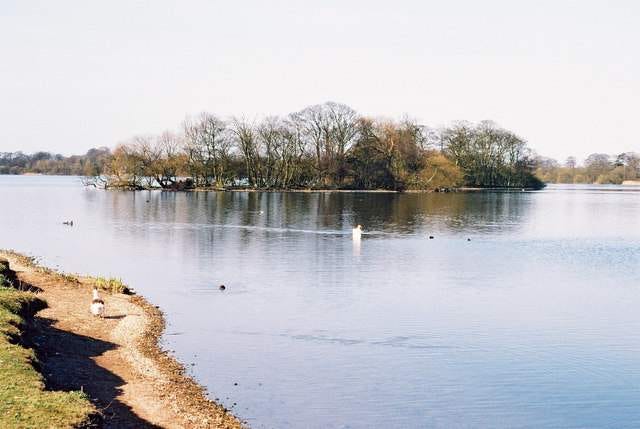
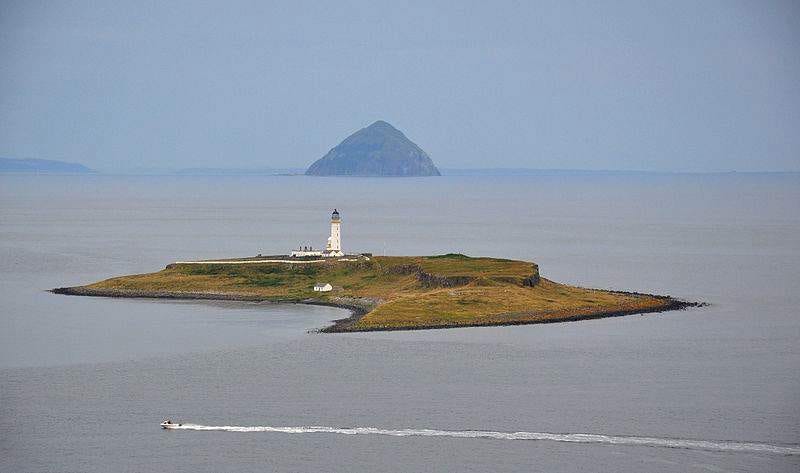
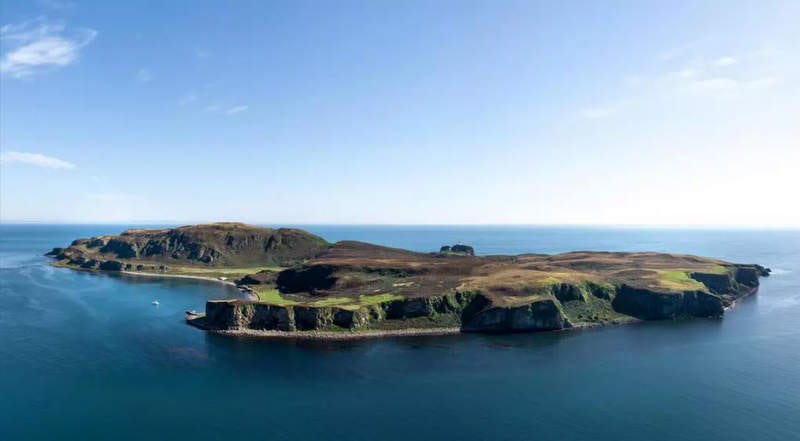

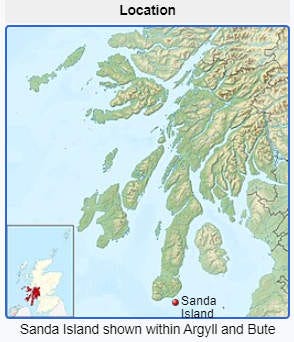
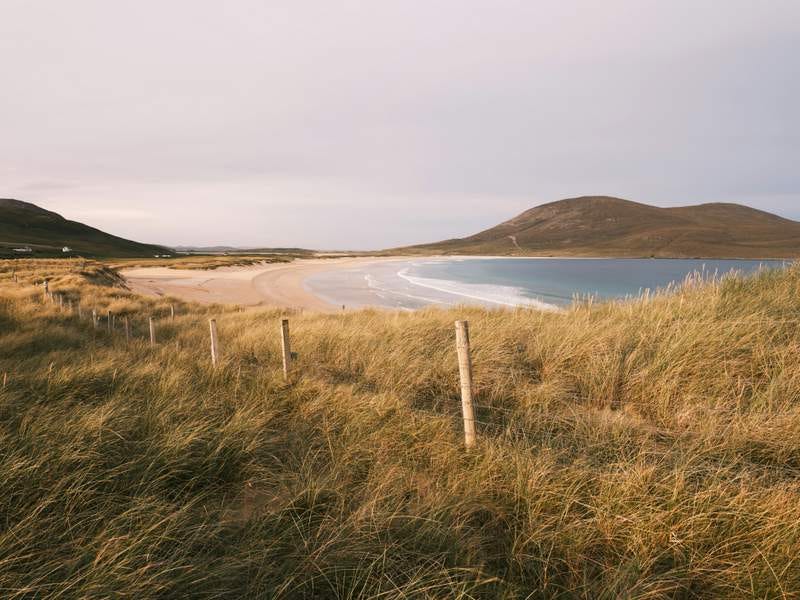

Custodians of place.
A kind of dismantling. Instead of dominating the land rather we co exist. We are 'of' the land. The land is wild and alive in us - the light, wind, soil and water mingle with our bodies when we spend time learning and caring for a place.
"Maybe we need a word that means “legally owning a place but not hoarding it from the world or denying other people’s connections with it.” '
Love this idea!
In Hawaiian, I have read that you don’t call yourself your pet’s owner. You are their Kahu.
Kahu - Guardian, protector, steward, beloved, and attendant. Someone entrusted. With the safekeeping of something precious, something cherished.
Truth telling feels important, the wounds live. Acknowledging the history, keeping those stories alive, being generous and being with what is. Living in reciprocity; land custodians, locals and the land. All caring for each other.
Was a good read. Thank you.
Swooning with the memories of reading Swallows and Amazons…